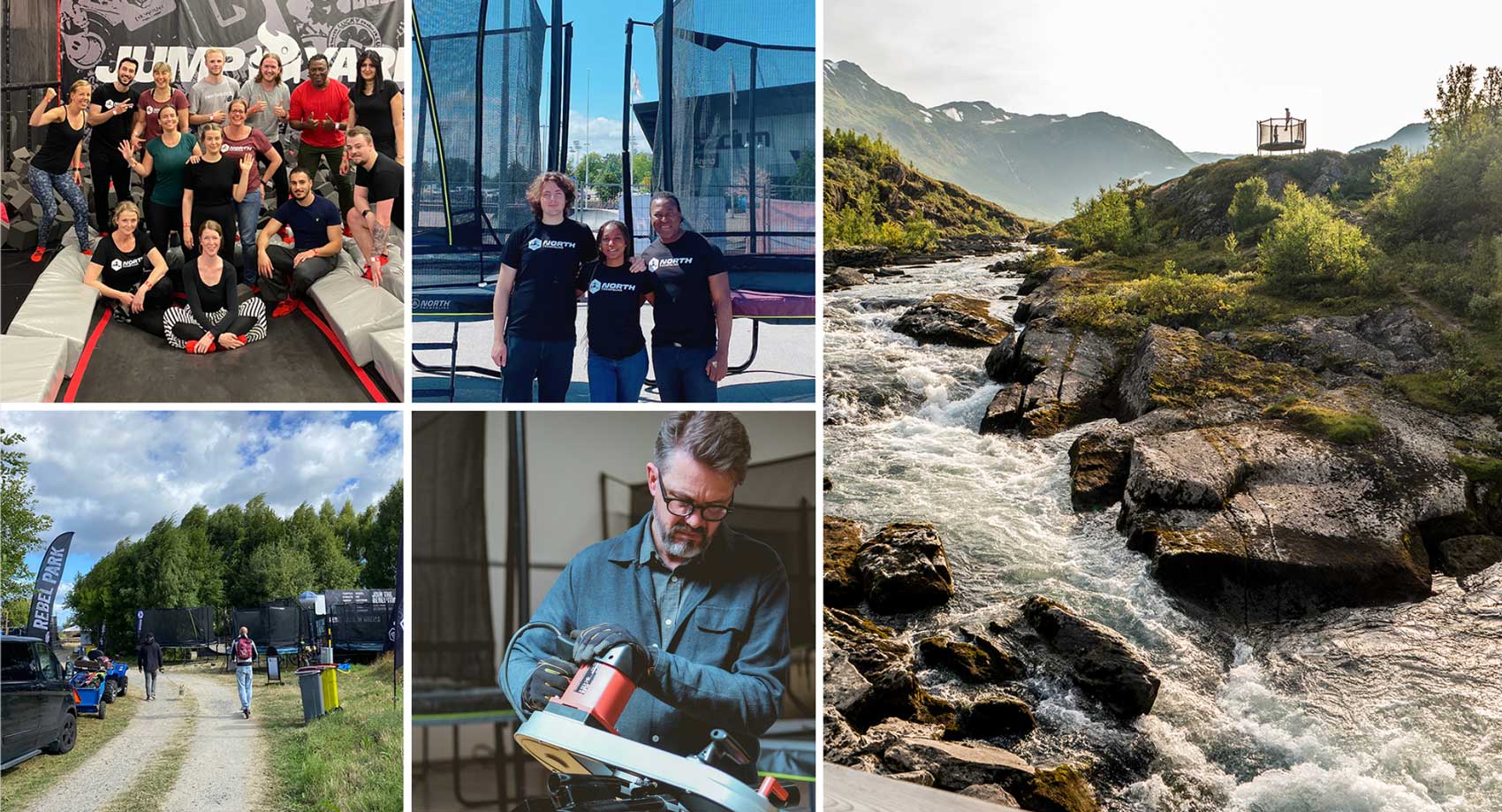If you are using a North Inground Trampoline Kit, then there is less soil to dig out. The profile of the hole is pictured on the left here.
You have the option to either hand-dig the hole or use a mini-digger. On a smaller trampoline say a 10ft, provided your soil is not too hard, then it's fairly straightforward to dig by hand. It will take two people a full day and make a great work-out!
If however you have a larger hole to dig, say 14ft, then a mini-digger will greatly assist digging out most of the soil, whilst you can finish by hand.
Whether hand-digging or using a mini-digger you will still have the issue of soil disposal. You will need to hire a skip or better still use a grab lorry to remove the soil.
Many people think that they can lose their dug-out soil in their gardens e.g. in flower beds, in borders, behind sheds. Soil expands as much as 3 times when taken out of the ground and there's a surprising amount of earth that comes out of a trampoline hole.



